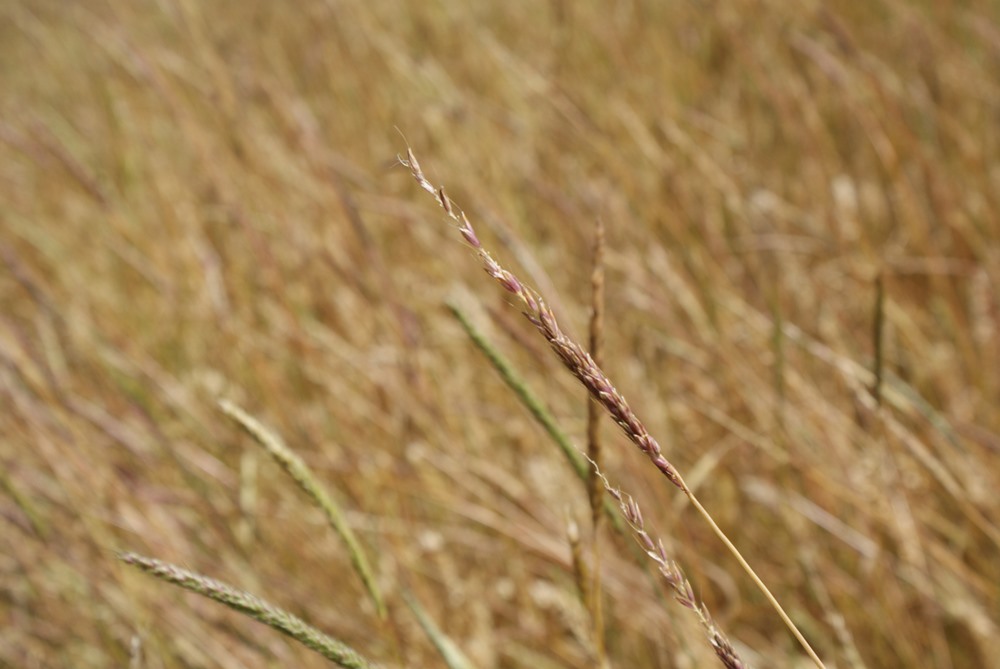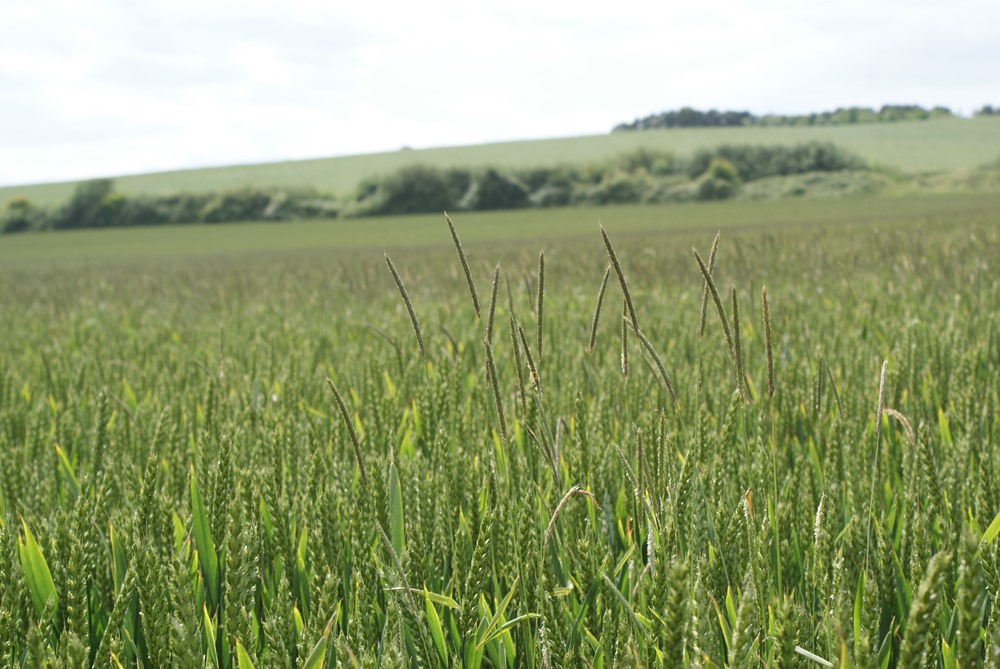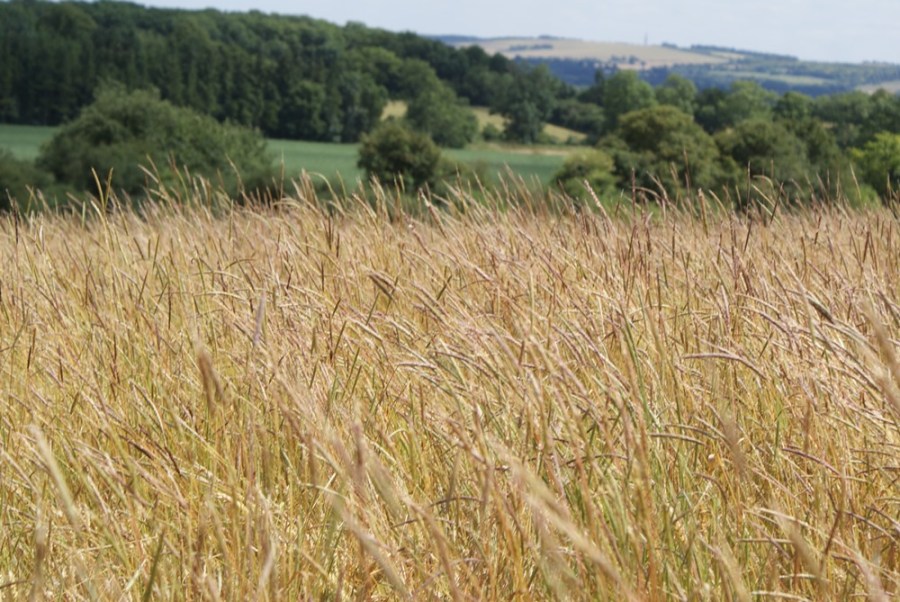Resistance is a ready-made explanation when blackgrass populations explode, but managing the numbers is key to the weed’s control. CPM gathers advice on how resistance develops and grows.
The farmer doesn’t see the problem for the first few years, then it’s probably only two years until it’s boom and the weed is all over the field.
By Lucy de la Pasture
The first rule of herbicide resistance is that the plant surviving treatment may not be resistant. “Don’t automatically assume this,” cautions Ben Coombs of Bayer.
“There are many reasons why a plant may survive a herbicide treatment, such as poor application or unsuitable conditions, so it’s important to rule these out first of all.”
Next it’s a question of defining what’s actually happening. “Resistance is often used as a catch-all term, but really it’s a specific change in the weed’s biology that allows it to tolerate particular herbicides. It may seem like a minor point, but precision about what you’re dealing with leads to better control programmes,” he continues.

Resistance is out there in the field already because mutations that confer resistance occur naturally.
For blackgrass, resistance usually refers to ALS inhibitors such as Atlantis (mesosulfuron+ iodosulfuron). When it was first launched, Atlantis achieved staggeringly good control – unfortunately this wasn’t sustained for the long term and resistance tests now show widespread resistance, or at least reduced sensitivity, in UK blackgrass populations.
Resistance types
Two types of resistance are present in blackgrass, enhanced metabolism and target site. For enhanced metabolism resistance, blackgrass can withstand higher amounts of herbicides before they take effect because the plant is able to break them down more effectively.
Target site resistance arises because herbicides often target a particular enzyme that’s essential for the plant’s survival. In resistant plants, this target has changed so the herbicide doesn’t work.
This capacity for resistance is passed from one generation of plants to the next but where does it come from in the first place?
“Resistance is out there in the field already because mutations that confer resistance occur naturally,” explains Dr Harry Strek, scientific director of Bayer’s Weed Resistance Competence Centre.
“Solar radiation and cosmic radiation can both cause mutations in cells ¬– there are natural mechanisms to repair these mutations because it’s such a common occurrence but sometimes mistakes are made and the mutation stays.”

Resistance will become more widespread in the population when farmers do the same thing over and over again with little variation, says Harry Strek.
The occurrence of these mutations is impossible to control, although having a smaller starting population does reduce the amount of mutations that occur. What growers can control, however, is what happens next, he says.
As a rule, resistance will become more widespread in the population when farmers do the same thing over and over again with little variation. Repetition selects the same traits year after year – so resistance to that farming method is likely to emerge.
“It’s important to stress that this isn’t only resistance to chemical control. Factors such as changes in plant height or timing of senescence can make weeds better adapted to survive in a farming system,” advises Harry Strek.
Develops unnoticed
The difficulty with herbicide resistance is that it can develop unnoticed for several years before plant numbers reach a critical point. “In the beginning, farmers don’t see very much change because even though there’s an enrichment of the population, you don’t see it until it’s progressed to a level that’s visible in the field,” he says.
“I call this my 1, 2, boom model of evolution – basically the farmer doesn’t see the problem for the first few years until it’s 1% or even 10% of the population and once he notices it, then it’s probably only two years until it’s boom and the weed is all over the field.
“A lot of the time that’s the stage we get questions – after the boom when it’s clearly a problem and there’s a tendency to think that resistance developed over the past couple of years, but in fact every year is important and led to an enrichment in the blackgrass population,” he explains.

You don’t see the problem for the first few years until it’s 1% or even 10% of the population.
“When you’re in react mode to resistance, you’re already losing the battle. But more and more studies are showing that if you act proactively, it pays.”
Once resistance is widespread in the weed population, it takes a long time to reduce. Research shows that the growth of resistance is short and steep but the decline is long and gradual, so proactively managing it early on tends to bring better results than fighting a rear-guard campaign.
An important point about weed resistance is that farmers have more influence on whether it appears in comparison to pests and diseases, notes Harry Strek. Pests and diseases are mobile so resistant organisms can spread from other farms quite rapidly whereas weed resistance usually develops in the field.
“I think it’s underappreciated that the resistance that appears in the field is in response to the farmer’s own practices. There’s the idea that all bad things come from neighbours but sometimes actually the farmer can be doing a good job of selecting for resistant individuals,” he says.
That’s not to discount the fact that weed seed can be moved on machinery or brought on to farms in manures and such like. Farmers need to be rigorous with hygiene of all equipment moved around the farm and careful with anything that’s brought in. But good machine hygiene and proactive control in the field complement each other – both are needed to stay on top of weeds.
UK picture
In the UK, many blackgrass populations have already passed the ‘boom’ phase – and any farmers who haven’t suffered it yet are keen to stop it happening to them. But if the potential for resistance is lurking in all weed populations, what can be done to stay in control?
The only way to fight back is to mix techniques for weed control, reckons Harry Strek. On the chemical side, that means using a range of actives – usually in mixtures – which protect one another’s activity. But resistance can develop to multiple herbicides so cultural techniques and varied rotations also need to be used, he explains.
“With weed control, you’re trying to help the crop to help itself. All measures are designed to keep the crop clean until the canopy closes and it can do its own weed control,” he says.
“Integrating three weed control techniques seems to be the magic number to get synergy and much better overall control and, apparently, much better long term sustainability too.”
This integrated approach means that weeds which survive one, or even two, methods aren’t able to survive the third, meaning that resistance doesn’t build up in the population, he concludes.




